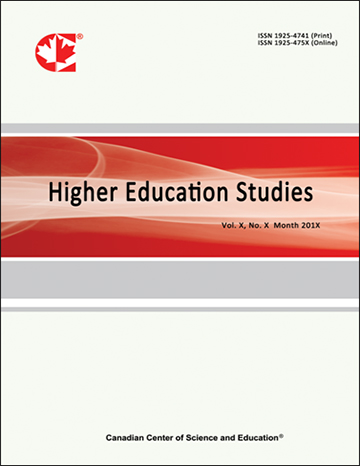Strategies of Constructing Shapes in Cabri
- Ibrahim Kepceoglu
Abstract
According to the constructivist approach in mathematics education, knowledge is actively created or invented by the students, not passively received from the teacher or the environment. In this regard, learning environments should be designed so that students have to use effectively their “own” knowledge and thus students achieve desired information. Through the micro-worlds, the experimental environments where students make observations, researches and predictions shall be created. In the micro-worlds formed by means of Cabri Geometry, a dynamic geometry sketchbook, users can draw and explore many geometric shapes. Besides, the manipulation and displacement of objects can be easily done via this software. In this study, we emphasize on that property of Cabri Geometry. Four pre-service elementary mathematics teachers among thirty ones which have taken a course on the mathematics teaching in the dynamic mathematics software environment have voluntarily participated to the study. The participants have randomly divided into two groups. Each group has worked on computer together and is asked to draw two dimensions shapes like triangles, parallelogram, rectangle etc. without using related “tool of Cabri”. The collection of the data of this study involves interviews during their work, screen record of the computer and tape record of conversation among pair of participants. The results of study reveal that more professionally the participants use the Cabri Geometry more different strategies they use to construct asked shapes and participants have always questioned themselves about their pre-knowledge of the dynamically constructed shape.
- Full Text:
 PDF
PDF
- DOI:10.5539/hes.v8n4p1
Index
- AcademicKeys
- CNKI Scholar
- Education Resources Information Center (ERIC)
- Elektronische Zeitschriftenbibliothek (EZB)
- EuroPub Database
- Excellence in Research for Australia (ERA)
- Google Scholar
- InfoBase
- JournalSeek
- Mendeley
- Open Access Journals Search Engine(OAJSE)
- Open policy finder
- Scilit
- Ulrich's
- WorldCat
Contact
- Sherry LinEditorial Assistant
- hes@ccsenet.org
